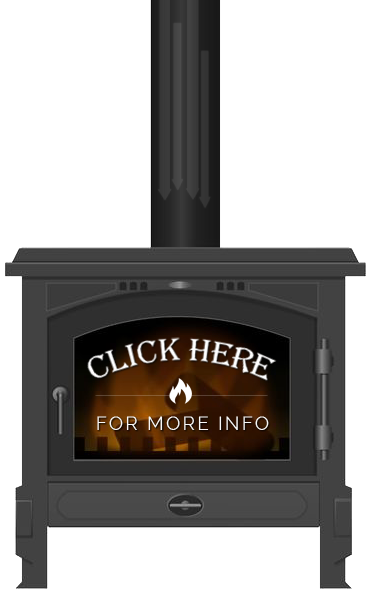1. How often should I clean my chimney ?
A- At least once a year to reduce creosote and soot build up. Even if you do not use your chimney or heat with gas, there is a potential for animals to build nests which can be hazardous and lead to chimney fires.
2. How do you clean a chimney?
A- Our professionals will first begin by placing rug runners around your chimney to ensure the cleanliness of your home throughout the process. We then will set up a vacuum to collect and suction any debris or dust that accumulates from cleaning . After this, we will begin cleaning your chimney from bottom to top or top to bottom, whatever is recommended by the technician, with wired brushes to remove any creosote or soot build up in the flue or chimney. Once this is complete all remaining debris will be vacuumed out of the fireplace or wood burning stove and all accessories. The technician will then check to make sure the chimney has been properly cleaned and check the integrity of the chimney by using video technology.
3. What’s safe to burn in my fireplace?
A-Only use seasoned firewood in your fireplace. Burning other products such as fire accelerates, plastic products, wrapping paper, pizza boxes, or cardboard can release toxic gases into your living spaces and cause potential for chimney or house fires. Never leave a fire unattended and always call 911 and leave the house if a fire erupts.
4. Why do I need a chimney cap?
A- Chimney caps are important for several reasons including: they prevent animals from entering into the chimney and building flammable nests, prevent water from entering into chimney and leaking into your house, prevent debris such as twigs, leaves, and sticks from entering the chimney, keeping burning embers inside your chimney to reduce the risk of roof damage. Installing a chimney cap will not cause drafting issues in your home.
5. Do I need a liner in my chimney and why?
A- Chimney liners provide a safe passageway for smoke to escape your chimney resulting in a longer and healthier chimney life. Without a liner, the smoke and gases that pass through the chimney will begin to deteriorate the masonry work causing smoke to leak through the brick, which can increase chances of a fire and decrease energy efficiency. A routine cleaning and inspection is recommended yearly to reduce buildup in the liner and maintain a healthy chimney.
6. What is creosote and why is it dangerous?
A- Creosote is an extremely flammable substance that builds up when smoke rises in your chimney then mixes with cold air and moisture causing it to stick to your chimney liner. Creosote can be caused by moisture in your wood and/or incomplete combustion meaning you’re not burning your fireplace or appliance at a hot enough temp. Creosote will continue to build up in the flue over time due to lack of ventilation and in return restricting the passageway even further. A yearly chimney cleaning is recommended to remove creosote build up and make sure there is adequate ventilation to your chimney by a professional to reduce a fire hazard in your chimney.
7. What are the different levels of inspections?
A- Level 1 inspections occur for chimneys they are regularly used and have not been experiencing any problems. Our technicians look for any buildup in your chimney or flue, the structure and condition of chimney, fundamental installations and clearance of combustibles. General sweep and and visual inspection looking for any damage areas inside and outside the chimney
Level 2 inspections includes level 1 inspection and are recommended when you are making any changes to your heating system. A video camera is used to inspect chimney and internal surfaces, crack or void in tiles, liner etc.
Level 3 if there is a hidden problem, special tools are necessary to access confined areas, any type of construction/demolition is needed. Included level 1 and 2 inspections.
8. Why is my chimney leaking smoke into the room?
A- There are several reasons why smoke could be leaking into your home including: the damper is jammed or malfunctioning, there is not a large enough flue tile installed to handle the size of the opening of fireplace, negative air pressure or lack of a chimney cap. Contact your certified chimney sweep for an inspection and solution.


Leave a Reply